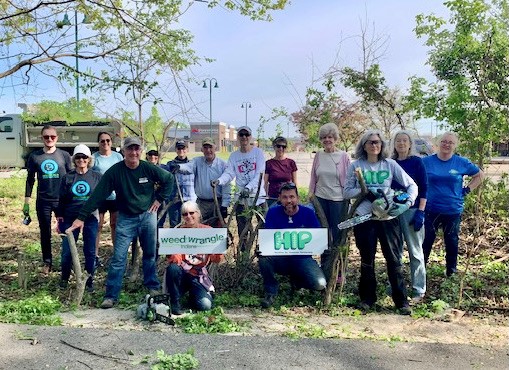The federal definition of invasive species is a non-native species whose introduction causes or may cause economic or environmental harm or harm to human health.
Of the roughly 2,300 plant species growing outside of cultivation in Indiana, approximately 25 percent are non-native. While most of these non-native plants cause little trouble, some of them are invasive and are responsible for degrading and destroying thousands of acres of natural plant communities in Indiana. Control efforts for these invasive species are costing taxpayers hundreds of thousands of dollars each year.
Unfortunately, some of the worst invasive plants are still being sold by nurseries and planted by well-meaning Hoosiers, not realizing the problems they can cause. The good news is that there are non-invasive alternatives to these garden thugs.
The Threat of Invasive Plants
Invasive plant species are a threat to natural areas in Indiana. They displace native plants, eliminate food and cover for wildlife, and threaten rare plant and animal species. However, among natural resource professionals there is little consensus on which species constitute the greatest threat to natural areas. Consequently, species that are considered a grave threat by some resource professionals are still recommended by other resource professionals and sold by nurseries.
View videos about invasives in the Midwest’s natural areas:
Cultivating Awareness of Invasive Plants
Why Should We Care?
- Invasive species cost the US over $138 billion per year.
- Approximately 42% of threatened or endangered species are classified “at risk” due directly to non-native invasive species.
- In the US, approximately 9% of forest products—worth a total of $7 billion per year—are lost as a result of non-native plant pathogens.
- To date, about 5,000 types of non-native plants are found in US ecosystems. You may see these referred to as alien or exotic plants.
- Non-native weeds invade 1,730,000 acres of wildlife habitat per year in the US.
- There are 180 non-indigenous aquatic species in the Great Lakes ecosystem. Of these, 15% cause serious harm. (ISCC Facts)

Weed Wrangle(tm) volunteers show off their clearing invasive species from the Midland Trace Trail in Westfield, IN.
